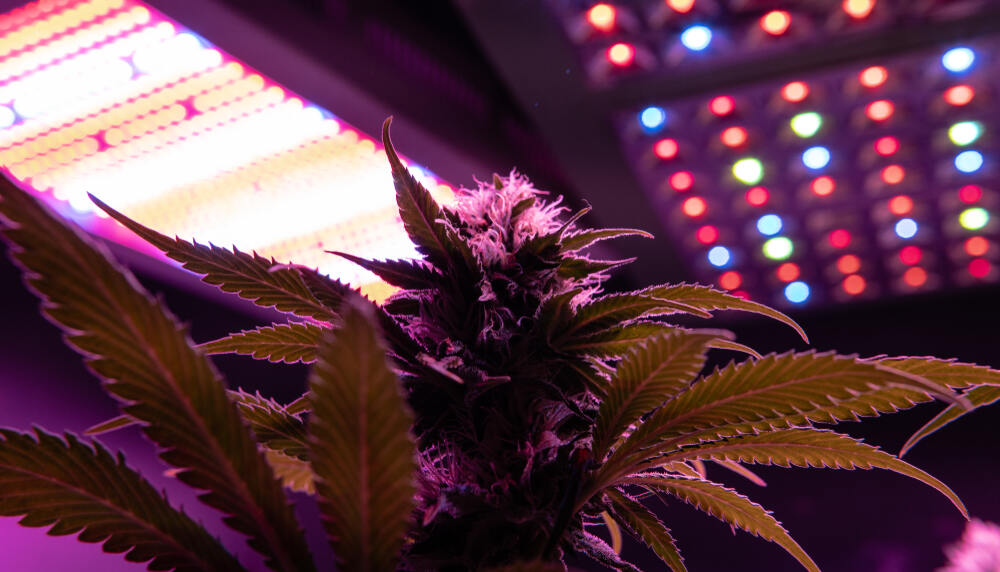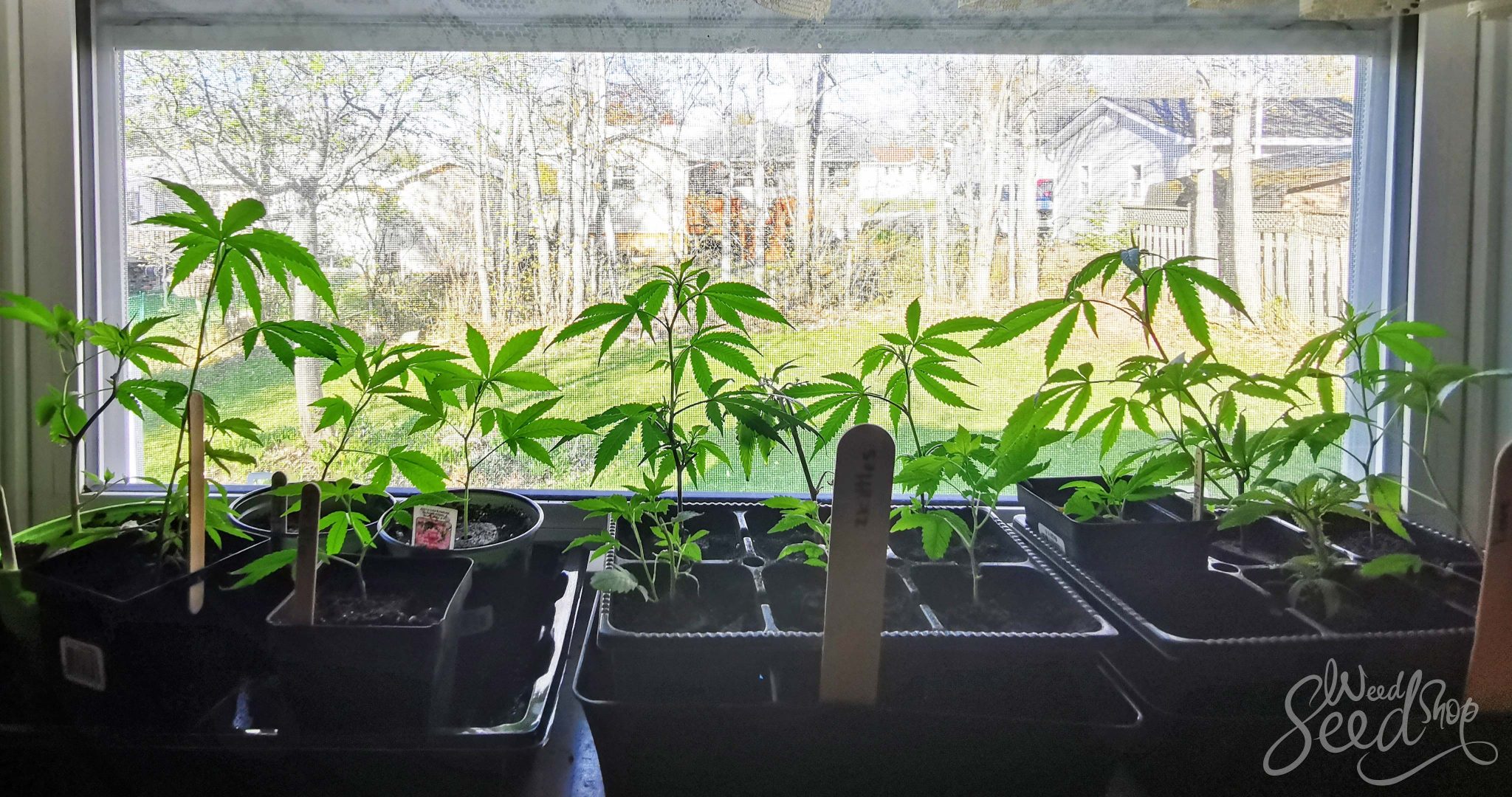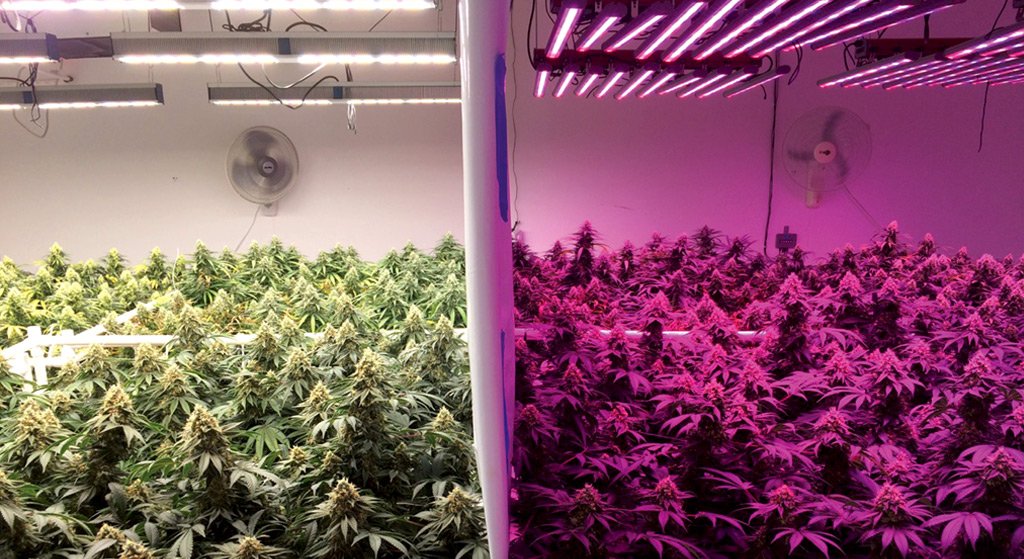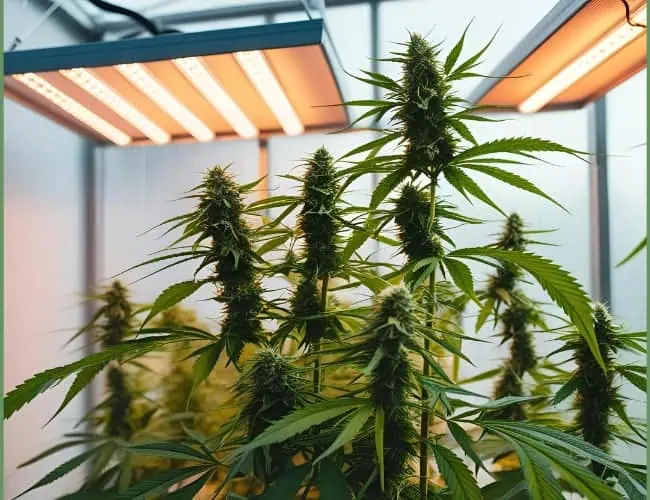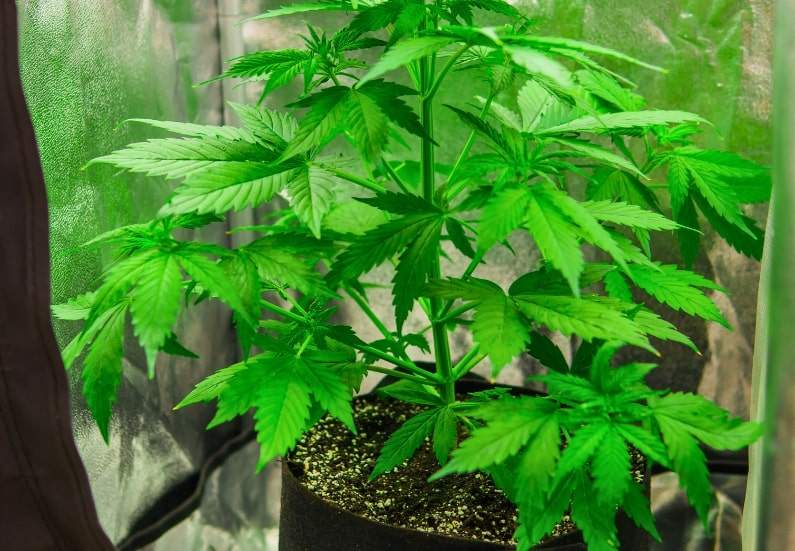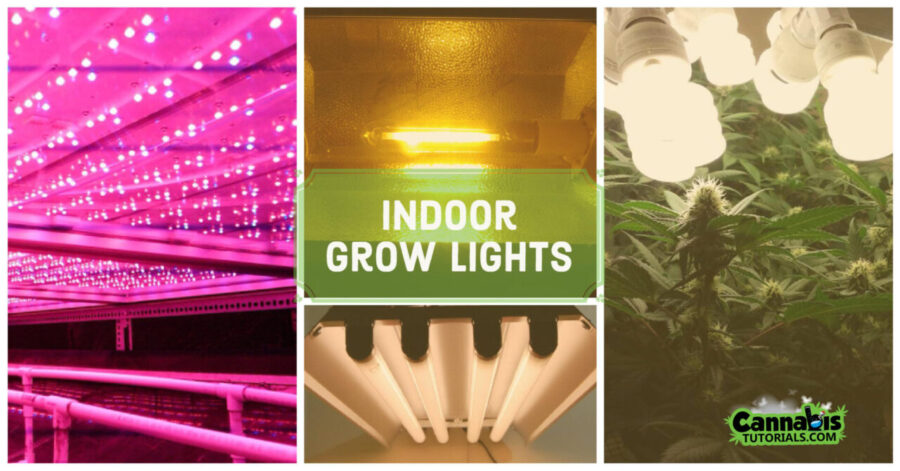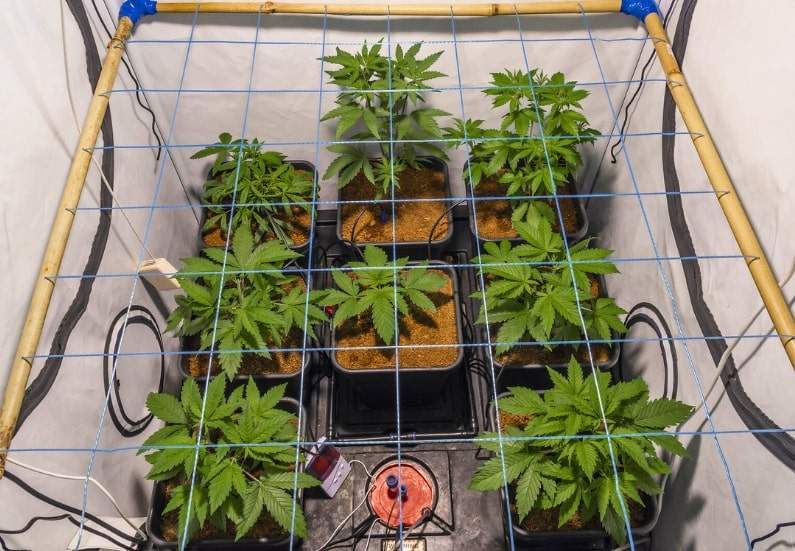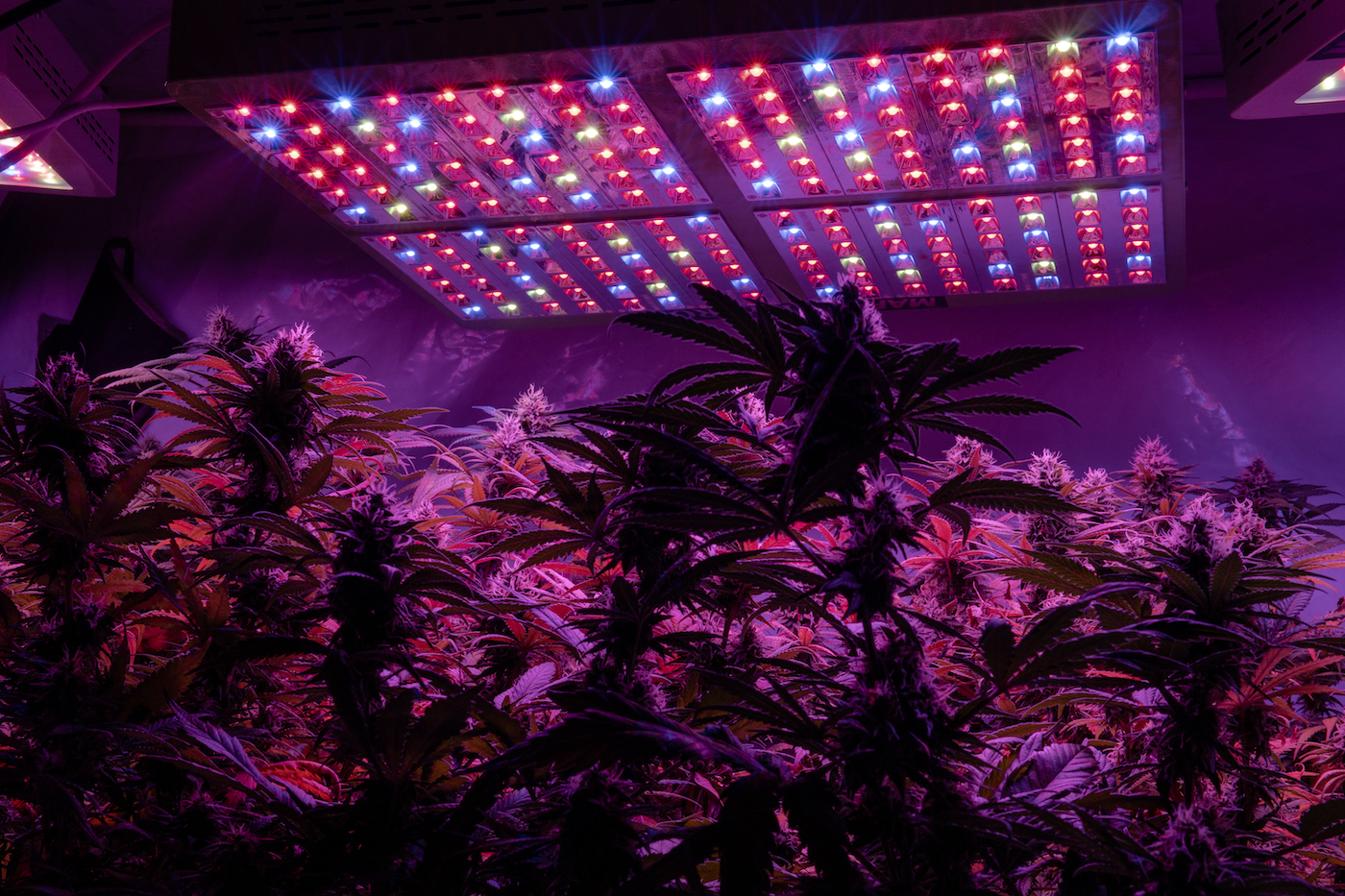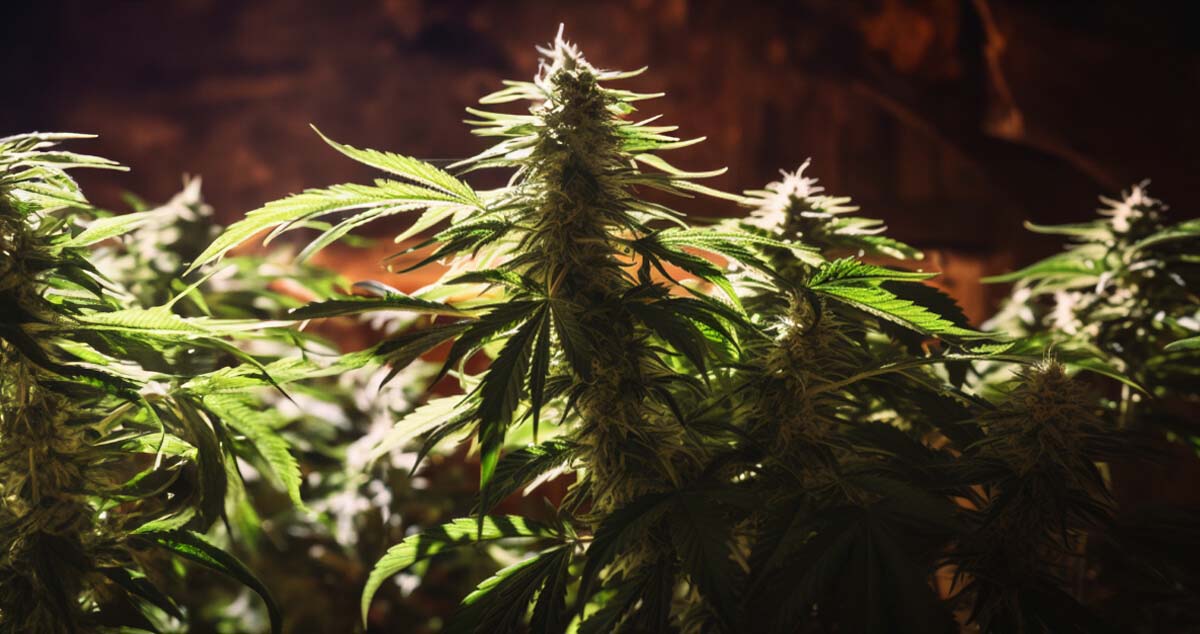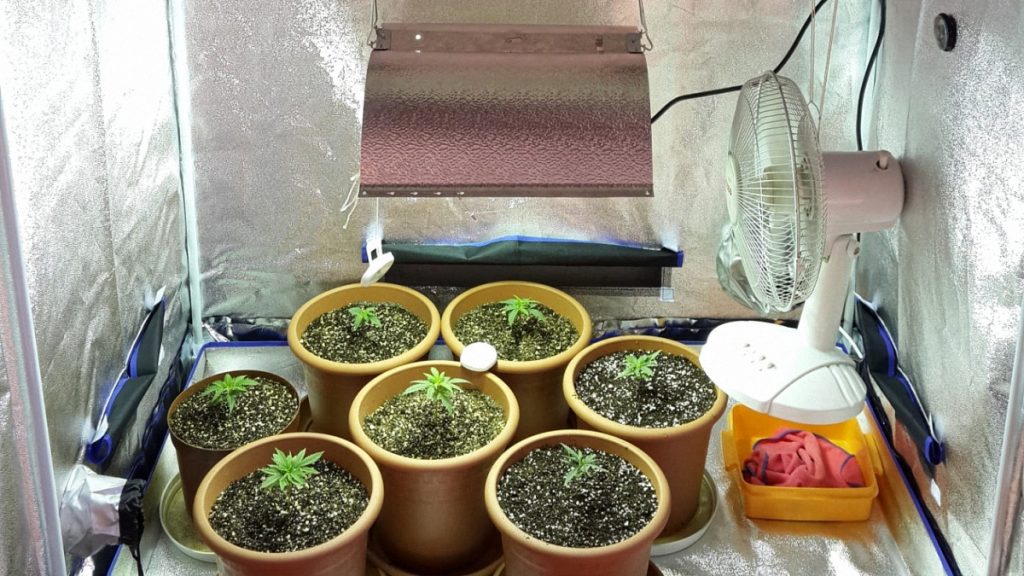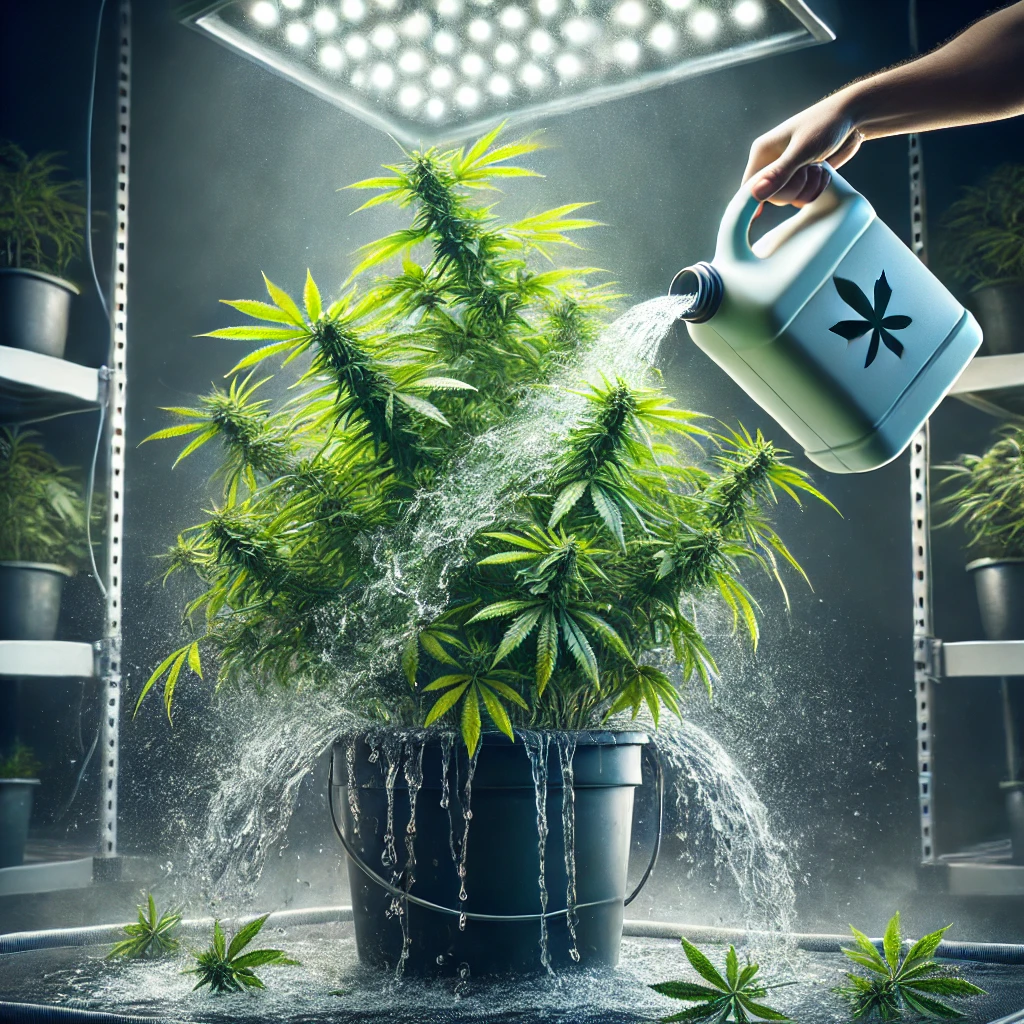How To Grow Marijuana Indoors Under Lights
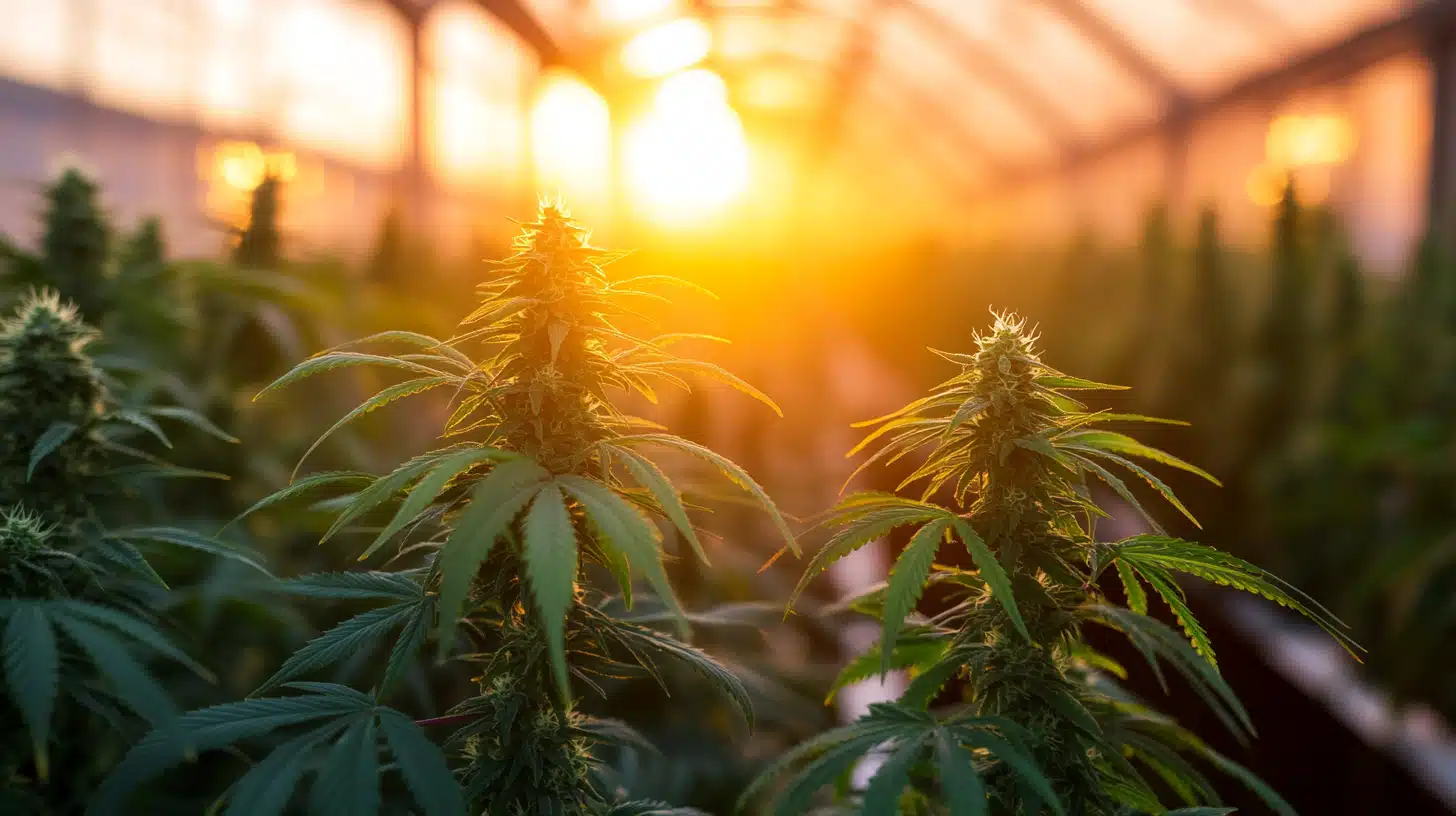
The controlled cultivation of Cannabis sativa, commonly known as marijuana, indoors under artificial lighting, has become an increasingly common practice, driven by varying motivations ranging from medicinal access to recreational pursuits. Understanding the nuances of this process is crucial for both aspiring cultivators and those seeking a comprehensive understanding of this evolving agricultural technique.
This article aims to provide an objective overview of the indoor marijuana cultivation process, focusing on key aspects and considerations. It will explore the necessary equipment, environmental controls, and cultivation techniques involved.
Understanding the Basics: The Nutrients of Indoor Growth
Indoor marijuana cultivation requires meticulous planning and execution. It diverges significantly from traditional outdoor farming practices due to its reliance on artificial controls and a contained environment.
Essential Equipment and Setup
The first step involves assembling the necessary equipment. This includes grow lights, a grow tent or dedicated room, ventilation systems, and environmental controls.
Grow lights, such as LEDs or high-intensity discharge (HID) lamps, provide the necessary light spectrum for photosynthesis. A grow tent or dedicated room provides a controlled environment, shielding plants from external factors and containing light and odors.
Ventilation systems, including fans and carbon filters, are essential for air circulation, temperature regulation, and odor control. Environmental controls, such as timers, thermostats, and humidity controllers, automate environmental adjustments.
Strain Selection and Propagation
Selecting the right strain of marijuana is crucial for a successful grow. Strain selection depends on factors like desired effects, growth characteristics, and resistance to pests and diseases.
Propagation can be achieved through seeds or clones. Seeds offer genetic diversity, while clones provide consistent traits from a parent plant.
The Growing Medium: Soil vs. Hydroponics
The growing medium provides support and nutrients to the plants. Common options include soil, coco coir, and hydroponic systems.
Soil is a traditional medium that is relatively forgiving for beginners. Coco coir is a soilless medium that offers good drainage and aeration.
Hydroponic systems involve growing plants in nutrient-rich water solutions without soil, offering precise control over nutrient delivery and potentially faster growth rates.
Cultivation Techniques: Light, Nutrients, and Environmental Control
Successful indoor marijuana cultivation hinges on precise control of light, nutrients, and environmental factors. These parameters influence plant growth, yield, and quality.
Light Cycles and Intensity
Marijuana plants require specific light cycles to transition through different growth stages. The vegetative stage typically requires 18 hours of light and 6 hours of darkness per day.
The flowering stage requires 12 hours of light and 12 hours of darkness to induce bud formation. Light intensity is crucial for photosynthesis and can be adjusted based on the plant's stage of development and strain requirements.
Nutrient Management
Marijuana plants require a balance of essential nutrients, including nitrogen (N), phosphorus (P), and potassium (K), as well as micronutrients. Nutrient solutions are typically tailored to the plant's growth stage.
Over-fertilization or nutrient deficiencies can lead to plant stress and reduced yields. Monitoring nutrient levels and adjusting accordingly is essential.
Temperature and Humidity
Temperature and humidity play a vital role in plant health and growth. Ideal temperatures range from 70-80°F (21-27°C) during the day and 60-70°F (15-21°C) at night.
Humidity levels should be higher during the vegetative stage (40-60%) and lower during the flowering stage (30-40%) to prevent mold and mildew.
Pruning and Training
Pruning and training techniques can enhance light penetration and airflow within the plant canopy. Techniques such as topping, fimming, and low-stress training (LST) can increase bud sites and improve yields.
Pest and Disease Management: Prevention is Key
Indoor marijuana cultivation is susceptible to various pests and diseases. Prevention is the best approach to minimize potential problems.
Common Pests and Diseases
Common pests include spider mites, aphids, and fungus gnats. Diseases include powdery mildew, bud rot, and root rot.
Regular inspection of plants, proper ventilation, and good sanitation practices can help prevent infestations and diseases.
Organic Pest Control Methods
Organic pest control methods are preferred to avoid introducing harmful chemicals. These methods include using beneficial insects, neem oil, and insecticidal soap.
Harvesting and Curing: The Final Steps
Harvesting and curing are crucial steps that affect the quality and potency of the final product. The timing of harvest depends on the strain and desired effects.
Determining Harvest Time
Trichomes, the resin glands on the buds, are used to determine harvest time. When a majority of the trichomes turn milky white, the plant is typically ready for harvest.
Drying and Curing
After harvest, plants are dried in a cool, dark, and well-ventilated space for several days. Once the stems become brittle, the buds are cured in airtight jars for several weeks, burping the jars daily to release excess moisture.
Proper curing enhances the flavor and aroma of the buds and improves their overall quality.
Regulations and Legal Considerations
The legality of marijuana cultivation varies significantly depending on jurisdiction. It is crucial to understand and comply with local, state, and federal laws.
Regulations may cover aspects like cultivation limits, licensing requirements, and zoning restrictions.
Failure to comply with regulations can result in legal consequences.
Conclusion: A Controlled Environment for a Controlled Outcome
Indoor marijuana cultivation under lights is a complex process that requires careful planning, execution, and ongoing monitoring. By understanding the key aspects outlined in this article, cultivators can create a controlled environment that optimizes plant growth, yield, and quality.
While the process can be challenging, the potential rewards of controlled cultivation, from medicinal applications to personal enjoyment, make it an increasingly attractive option for many.
